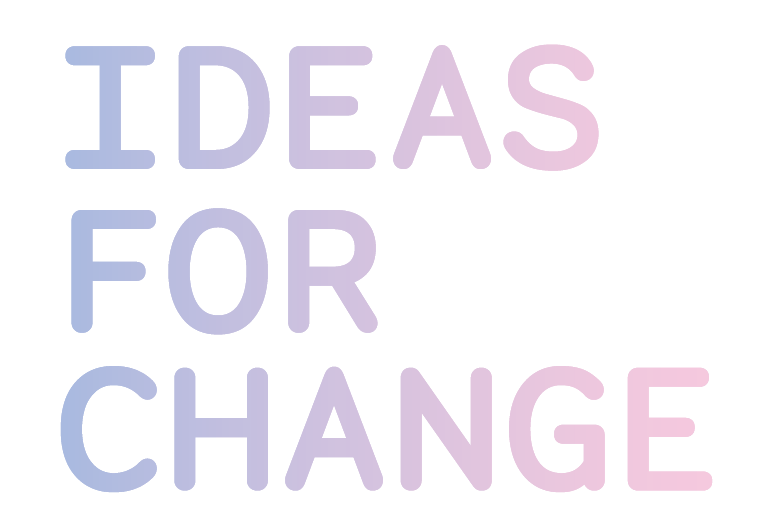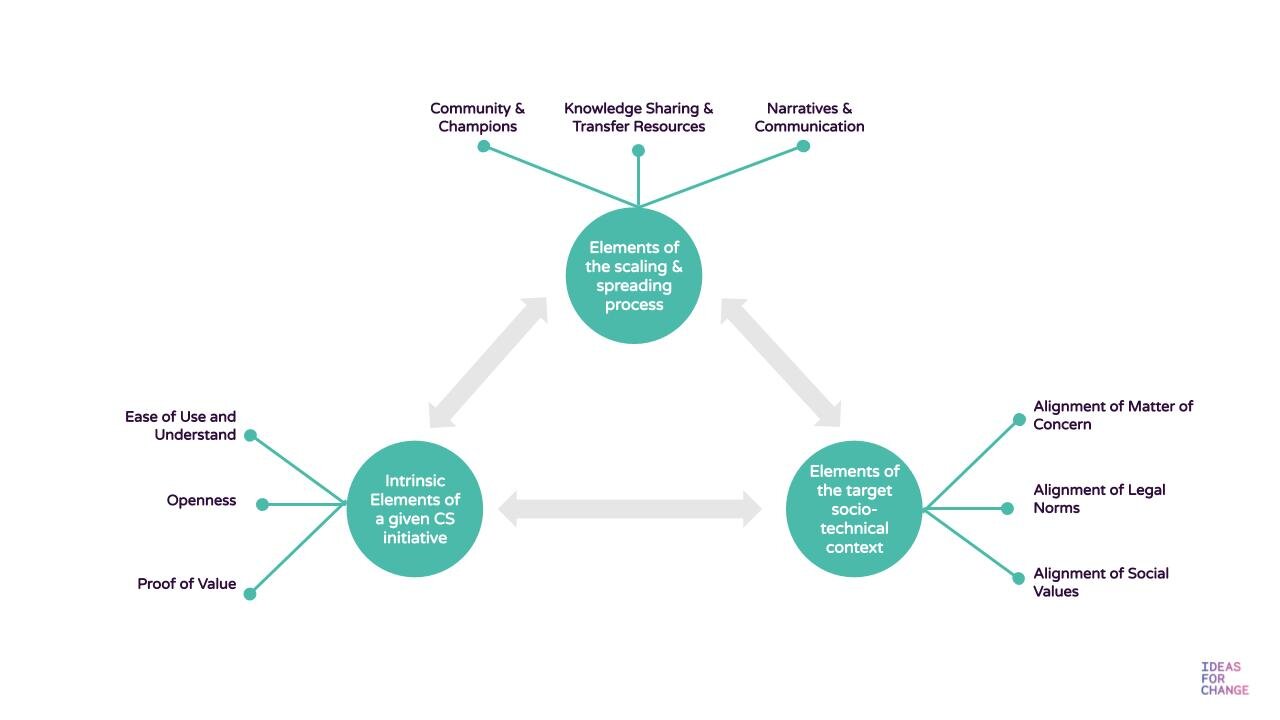Can citizen science projects be scalable by design?
By Giovanni Maccani, Senior Researcher. (Originally published in English)
The rapid pace of technology advancements, the open innovation paradigm, and the ubiquity of high-speed connectivity, greatly facilitate access to information, creating new opportunities to achieve greater emancipation and empowerment. In parallel, these facts allow more and more people to actively participate in scientific research and policy, thus opening a myriad of avenues driving a paradigm shift across fields and disciplines, including the strengthening of Citizen Science.
However, while the interdisciplinary approach taken so far in Citizen Science has shown significant results and findings, the current situation depicts a wide range of projects that are heavily context-dependent and where the learning outcomes of pilots are very much situated within the specific areas in which these projects are implemented. There is, in essence, little evidence on how to foster the spread and scalability of Citizen Science actions. Furthermore, the Citizen Science community currently lacks a general agreement on what these terms mean, entail and how these can be approached.
To address these issues, we developed a theoretically and empirically grounded framework to unbundle the meaning of scaling and spreading in Citizen Science. Do you want to know more about it? Keep reading!
An approach based on real cases
Inspired by relevant academic theoretical debates across different disciplines, our framework works as a lens to analyze the important, yet underexplored, phenomenon of scalability and proposes a systematic assemblage of several constructs from across these theories.
To validate and extend this framework, we applied it as the foundational basis to guide an empirical, rich, and rigorous qualitative analysis. This entailed carrying out a multiple case study of four diverse, yet successful, citizen science interventions that successfully scaled. The data gathered through several interviews allowed us to understand and collectively construct knowledge about the scaling trajectory of these initiatives from the lived experiences of individuals and projects that successfully undertook these journeys.
Discern the factors that drive scalability
Throughout the development phase, we identified nine theoretical elements that could be understood as drivers of scalability in the citizen science field and grouped them into three main categories:
Elements about the initial intervention to be scaled or spread (and the items within it)
Elements supporting the spreading and up-scaling process
Elements of the target context.
Then we validated, enriched, and instantiated this framework through four qualitative case studies of, diverse, successful examples of scaling and spreading in Citizen Science: Making Sense Barcelona, FreshWaterWatch, Luftdaten & Sensor.Community, and OpenStreetMap.
As a result, we identified an emerging typology of four rich scaling scenarios, respectively:
Scaling Communities through Narratives.
Scaling through Infrastructuring and the Train the Trainer Approach
Scaling through Platform-Enabled Virtuous Cycles
Scaling through Platform-Enabled Network Effects.
Scalable projects by design
The case studies demonstrate the validity of the framework and of the elements established within it. Therefore, this way to unbundle scaling in Citizen Science and its enabling factors has proven valuable. However, the case studies also showcase how each of the identified elements can play different roles in fostering scaling of Citizen Science interventions. These roles can vary depending on the context, the nature of the interventions as well as the scaling stage (i.e. a time perspective) the specific initiative is at.
This suggests that the framework can be considered as a valuable, scientifically grounded solution to understand the complex and multi-faceted phenomenon of scaling in Citizen Science. In other words, it gives a structured mindset to: design new projects that are scalable by design; to assess the scalability potential of existing initiatives; and to frame future research to further explore the process of scaling in Citizen Science.
But not only that: none of the studied initiatives fully relied on one, or few, elements to achieve their scaling status. Rather, their experiences show that, while some elements might appear more dominant than others, scaling is the result of a dynamic balance and configurations amongst the enablers’ constructs defined over time. In certain boundary conditions, clear links emerged between constructs but also trade-offs might occur.
All these reflections and many more details are extensively elaborated and reflected upon in the book entitled: Scaling up Citizen Science: What are the factors associated with increased reach and how to lever them to achieve impact published by the Joint Research Centre (JRC), the European Commission’s science and knowledge service.
Keep reading:
Did you like this article?
Receive more content like this in your inbox!












